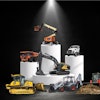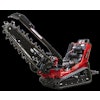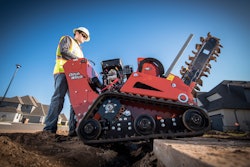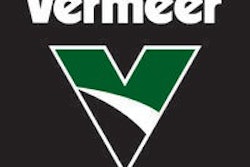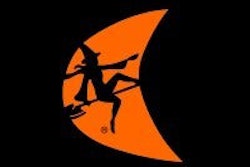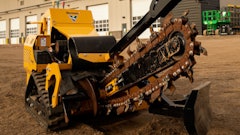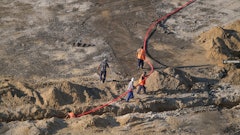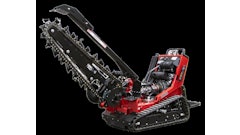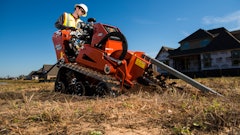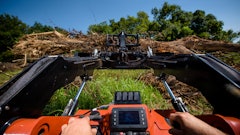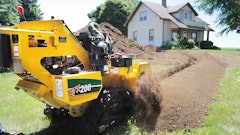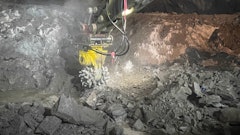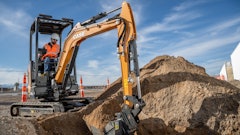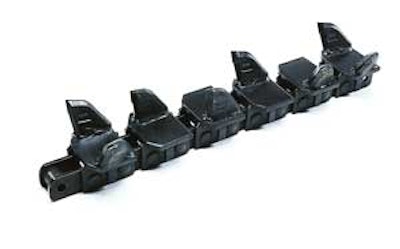
Evaluating jobsite specs and horsepower ratings are only part of the equation when it comes to matching a trencher to the application. "You can have the proper size machine for the job, but if you don't have the proper chain [tooth] configuration, you won't be running that machine as efficiently as you can," says Tim Phelps, Barreto Mfg.
For example, you can take a 100-hp rubber-tired trencher into hard ground with cupped teeth. "But you won't get anything done because you're not cutting the material," explains Bob Wren, Astec Underground. "You can take that same 100-hp trencher and put a rock and frost chain on it and put it in soft, loamy ground and you still won't get anything done because you won't be cleaning the ditch."
"Although they aren't as productive, rock teeth are necessary for penetrating the ground," adds Jon Kuyers, Vermeer. "If you try to cut frozen ground with a cup cutter, it will be difficult, even with a high horsepower machine. With a smaller machine, it would be impossible. Likewise, if you try to use a rotary chain in muddy conditions, it doesn't clean very well. Matching a trencher to the job is much more than size. The complete picture includes the chain and how everything interacts."
Tooth options typically fall into two categories: those used for scooping and those used for cutting.
Cup cutters are well suited for scooping dirt and cleaning out the trench. They're a good choice for loose, light dirt such as sand and loam. When it comes to cutting through clay, caliche, cobble, rock and frozen ground, manufacturers offer various styles of cutting teeth (rock, shark, rotary or bullet, "H-plate", bolt-on, etc.).
"We can adapt even a small trencher to hard ground conditions with the right style of digging chain," says Wren. "Contractors tell us all the time that all the good ground is gone. They're left to dig in tougher conditions such as in mountainsides, on plateaus, etc. There is more cobble, more rock and more debris. So it's important to take a look at the conditions you're working in."
Oftentimes, contractors opt for a combination, such as two rock teeth/two cup teeth, etc. "Changing the teeth is not a huge expense," says Greg Adkins, the Ditch Witch organization. "It's something contractors can, and should, be doing to increase their productivity."
In addition to tooth configuration, Adkins recommends paying attention to boom style, such as tail rollers and tail sprockets. "The tail roller boom is heavier with a large idler roller on the end," he explains. "It helps keep the chain engaged on the trench wall and it's good for spoils removal. For sticky clay conditions, a better choice would be the tail sprocket design. The idler on the end of the boom is a small sprocket which reduces the radius the chain runs around. As the chain comes down, it whips the tooth. If clay is packed into it, that whipping will help throw it off."
| RELATED ARTICLES |
| Back to Basics Trencher Selection |

